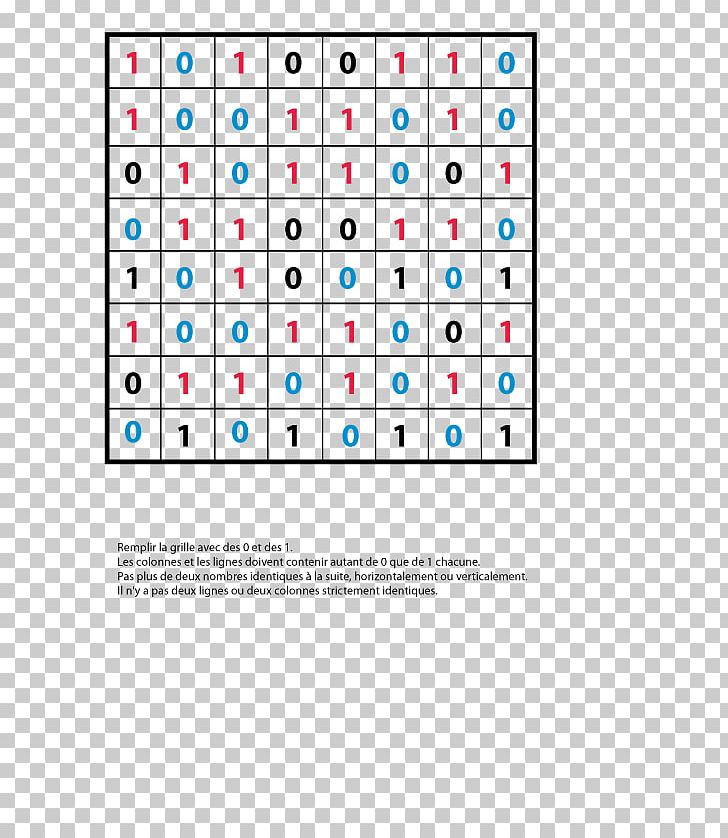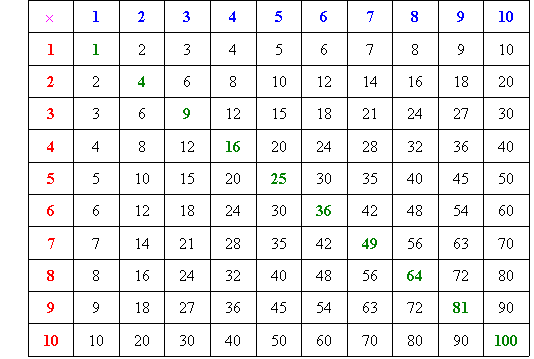

However, Hugo has reached the same solution but differently. So 8 times 6 equals 48.” Aaron is right, 8 times 6 is 48, right?Īnd here we see again the distributive property of multiplication implicitly. So he did “8 times 5 equals 40, I add 8 to 40 and that gives me 48. Now let’s look at another example: asking brothers Charles, Aaron, and Hugo, how much 8 x 6 is.Īaron did not remember that 8 x 6 was 48, but knew it was like 8 x 5 plus 8.

One of the properties of multiplication, the distributive property, is implicit in the calculation, did you notice? Many students learn to do this “trick” and it is correct, but do you know why it works? Symbolically, we can express it as follows:ĭistributive Property: (6 x 10) + (3 x 10) = We asked Carlos to add 60 + 30 and he answered, “60 plus 30 is 90 because 6 plus 3 is 9 and adding a zero to the end gives me 90.” Through these examples we will try to understand it better:

In this post, we will do a review of the properties of multiplication and look at some of its applications.


 0 kommentar(er)
0 kommentar(er)
